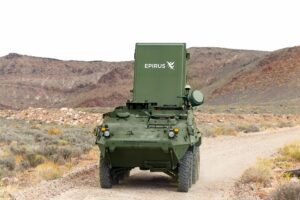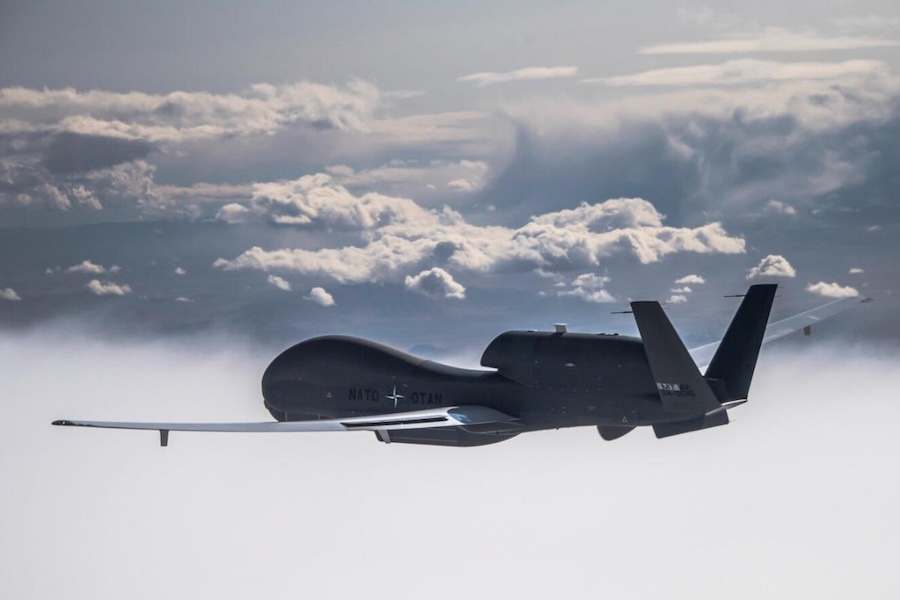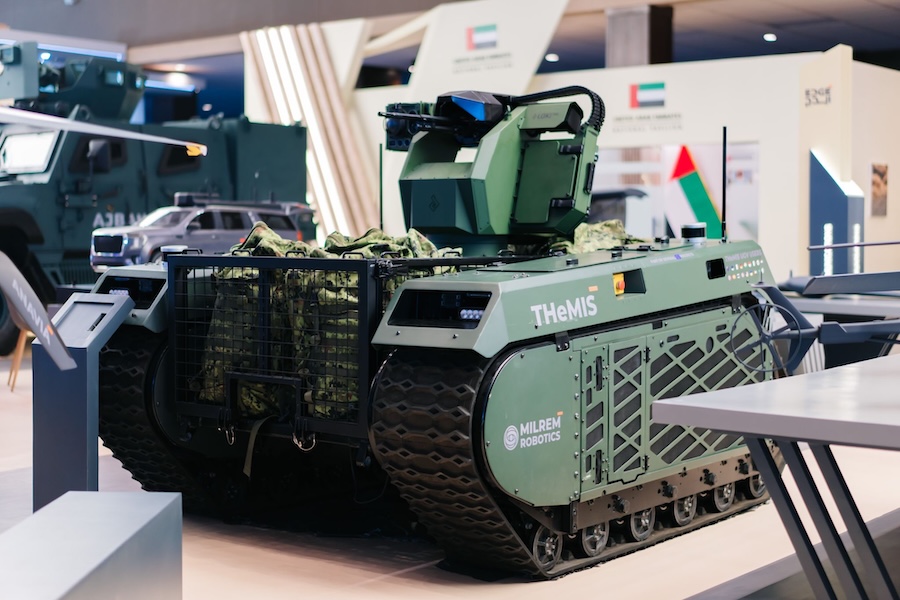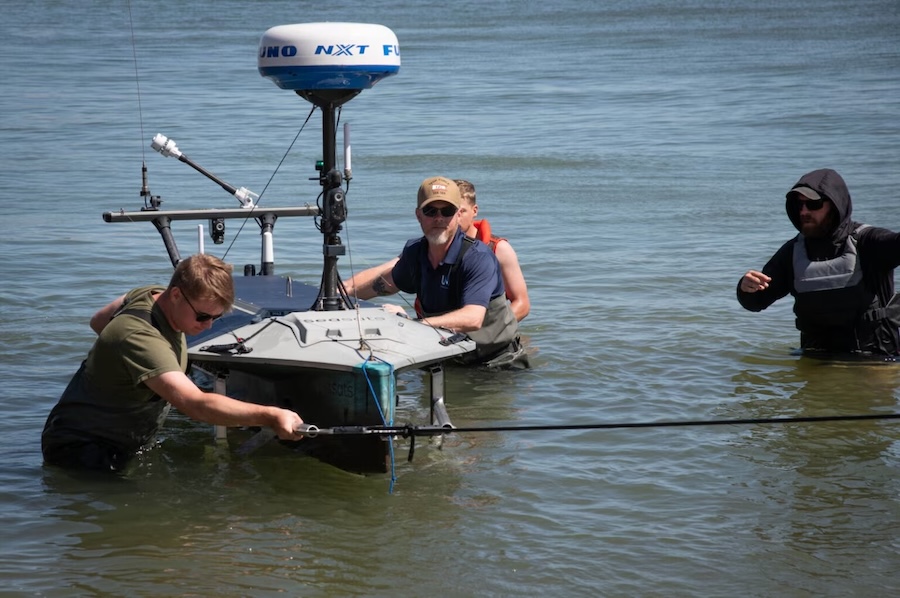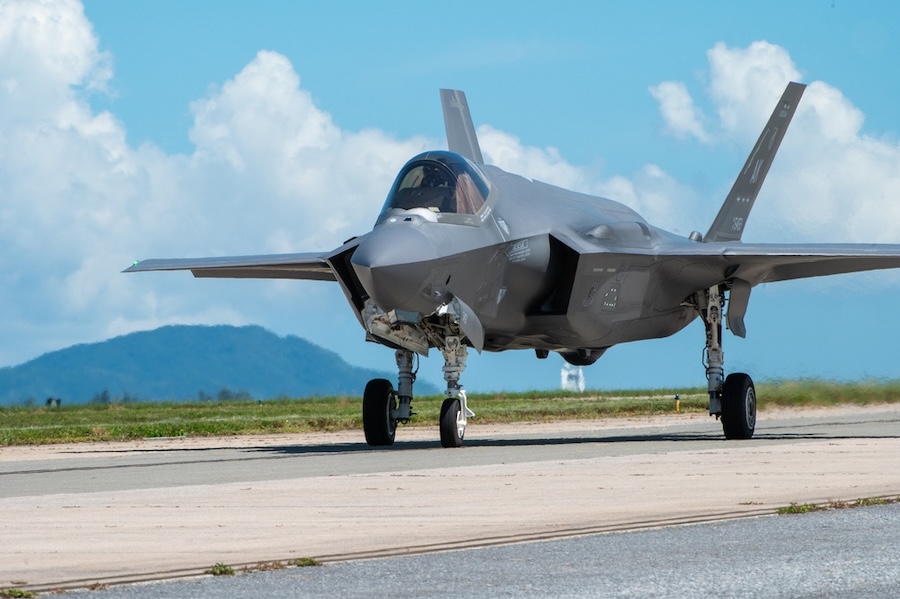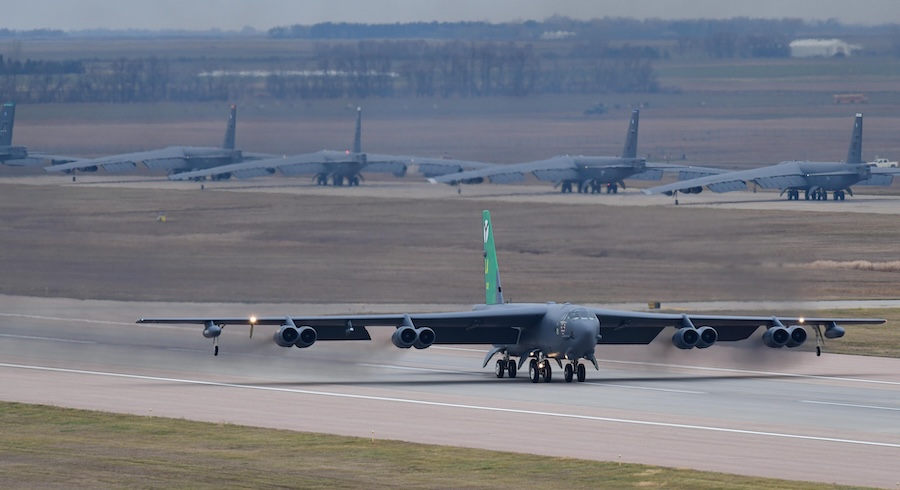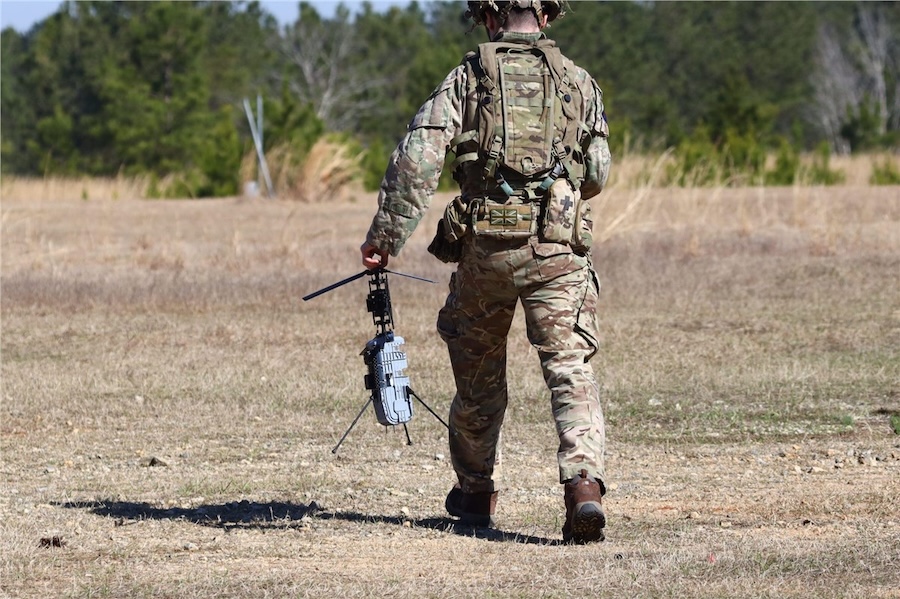This marked the first use of the IFPC-HPM in the Indo-Pacific and its first test in a tropical environment. The IFPC-HPM is a Directed Energy weapon designed to emit microwave energy to disrupt, disable or destroy unmanned aerial systems (UAS), especially groups or swarms of drones.
The 1MDTF became the first Army unit to field the IFPC-HPM in February 2024 and has since tested it in various conditions. FS-LIDS, which has seen operational use in the Middle East for a decade, was deployed alongside the HPM in a complementary role for the first time in the Indo-Pacific.
Using electro-optical infrared cameras for target identification, the two systems together offer a layered, non-kinetic defence against drone threats. “During this test, we were able to demonstrate that we can successfully defeat drone swarms in a tropical environment using layered effects,” said Capt. Bray McCollum, battery commander of 1-51 ADA’s IFPC battery.
The testing was observed by personnel from the Philippine Air Force’s 960th Air and Missile Defense Group and supported by U.S. Marines from the 3rd Littoral Anti-Air Battalion. U.S. and Philippine forces took part through the Subject Matter Expert Exchange (SMEE) programme, aimed at building mutual knowledge and capability.
McCollum described the exercise as “a great opportunity for joint training alongside our short-range air defense counterparts from the U.S. Marines.” He also said, “This is a great opportunity to show our Philippine Allies the cutting-edge capabilities that the U.S. Army has in development.”
The U.S. Army Rapid Capabilities and Critical Technologies Office (RCCTO) will analyse the results to improve the performance of Directed Energy weapons and inform future Army requirements. The data gathered will support efforts to enhance effectiveness against evolving drone swarm threats.
Source: U.S. Army.








